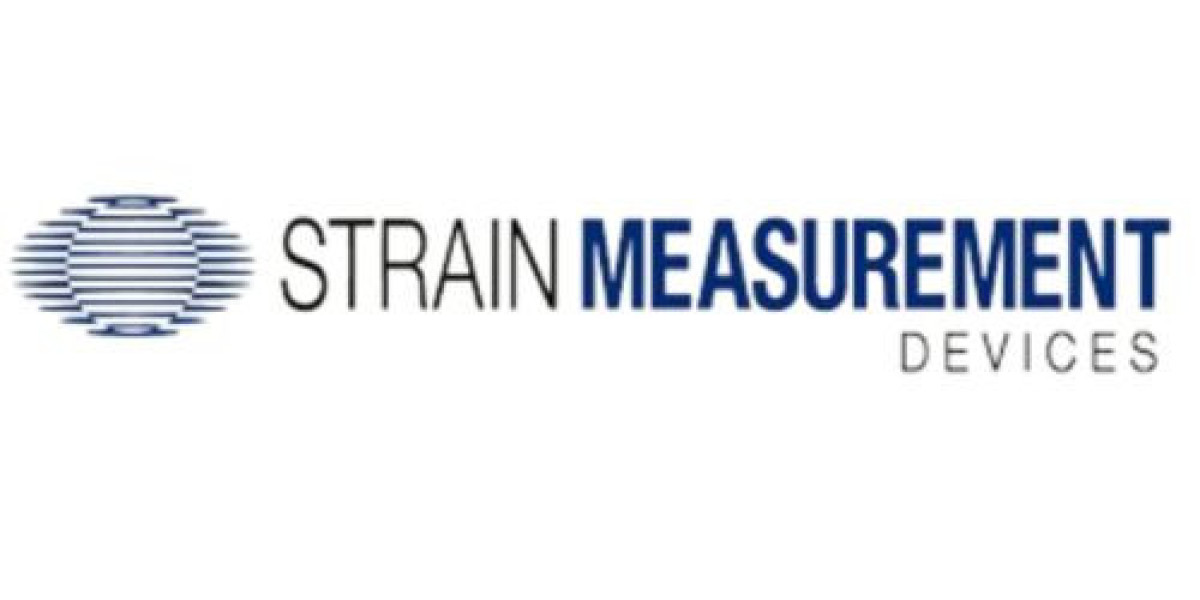Optical liquid level sensors have been a cornerstone in various industries for monitoring and managing liquid levels with high precision. As technology continues to advance, several emerging trends are poised to enhance the capabilities, efficiency, and applications of these sensors. This article explores some of the most promising future trends in optical liquid level sensor technology.
1. Miniaturization and Integration
One of the key trends is the miniaturization of optical liquid level sensors. Advances in microfabrication and nanotechnology are enabling the development of smaller, more compact sensors without compromising performance. These miniature sensors can be integrated into complex systems where space is at a premium, such as in medical devices, portable water testing kits, and microfluidic applications.
2. Enhanced Sensitivity and Precision
Future optical liquid level sensors are expected to offer enhanced sensitivity and precision, driven by improvements in optical components and signal processing algorithms. Advanced materials like graphene and photonic crystals are being explored to increase the responsiveness of sensors to minute changes in liquid levels. This will be particularly beneficial in critical applications such as pharmaceutical manufacturing and biochemical analysis, where even slight variations can have significant impacts.
3. Wireless Connectivity and IoT Integration
The integration of wireless connectivity and Internet of Things (IoT) capabilities is set to revolutionize the use of optical liquid level sensors. Wireless sensors can transmit real-time data to centralized monitoring systems, allowing for remote monitoring and control. This trend is particularly valuable in large-scale industrial setups, water treatment plants, and agricultural irrigation systems, where it enables predictive maintenance and reduces downtime.
4. Smart Sensing with AI and Machine Learning
Artificial Intelligence (AI) and Machine Learning (ML) are becoming integral to the evolution of optical liquid level sensors. By leveraging AI and ML, these sensors can learn from historical data to predict potential issues, optimize performance, and adapt to changing conditions. For example, in oil and gas storage, AI-enhanced sensors can predict and alert operators about potential leaks or overflows before they occur.
5. Environmental Sustainability
As the global focus on sustainability grows, the development of environmentally friendly optical liquid level sensors is gaining momentum. Future sensors will likely be designed with eco-friendly materials and manufacturing processes. Additionally, innovations aimed at energy efficiency, such as low-power consumption and energy harvesting capabilities, will make these sensors more sustainable and cost-effective over their lifecycle.
6. Expanded Application Range
The future will see optical liquid level sensors being utilized in a broader range of applications. Innovations will expand their use in fields such as biotechnology, environmental monitoring, and smart home systems. For instance, in smart homes, these sensors can be used to monitor water levels in aquariums, detect leaks in plumbing systems, and manage liquid levels in household appliances.
7. Improved Durability and Reliability
Developments in material science and protective coatings will enhance the durability and reliability of optical liquid level sensors. Future sensors will be more resistant to harsh environmental conditions, such as extreme temperatures, corrosive liquids, and high pressures. This makes them suitable for use in more demanding industrial environments, such as chemical processing and offshore drilling.
Conclusion
The future of optical liquid level sensor technology is bright, with numerous innovations set to improve their functionality, reliability, and application scope. As these trends continue to develop, optical liquid level sensors will become even more integral to various industries, providing critical data for efficient and effective liquid management.
Next Article: Case Studies: Optical Liquid Level Sensors in Action
Optical liquid level sensors are already making a significant impact across diverse industries. In the next article, we will explore real-world case studies that demonstrate how these sensors are being implemented to solve complex liquid monitoring challenges, improve operational efficiency, and ensure safety in various applications.







